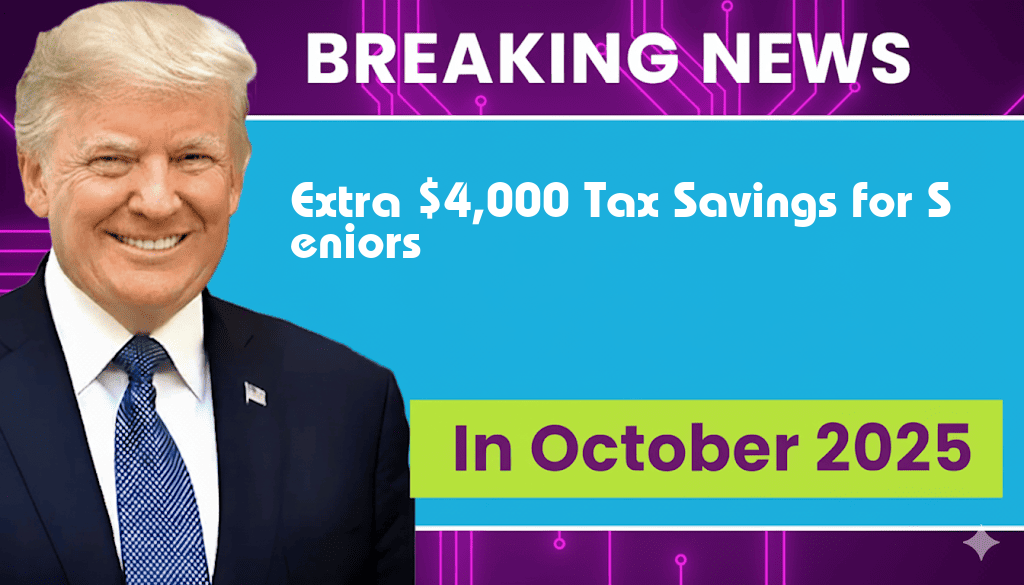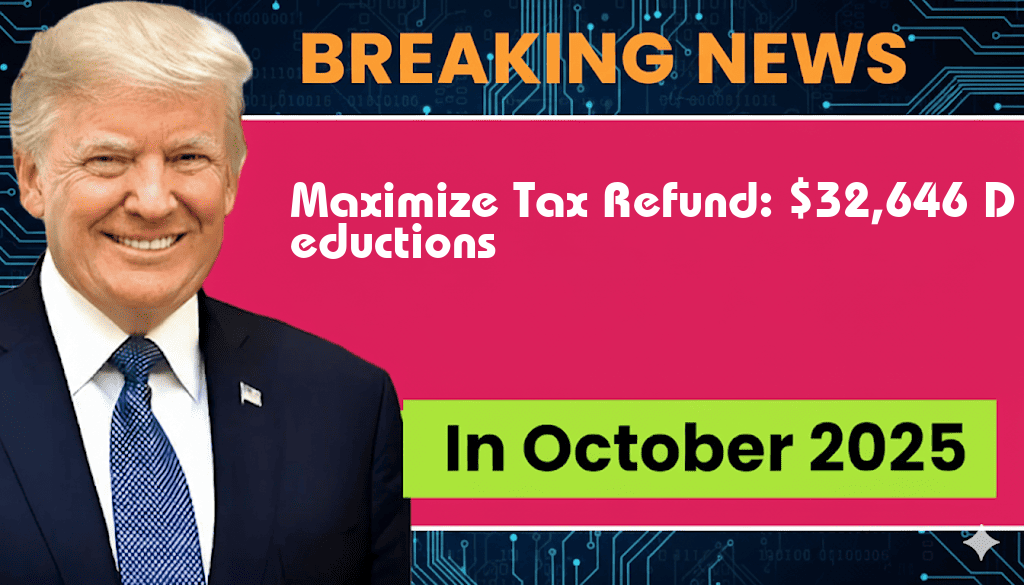

As the 2025 tax season approaches, low-income individuals and seniors are poised to benefit significantly from new tax deductions designed to alleviate financial burdens. The recently announced measures could allow eligible taxpayers to save an additional $4,000 on their tax bills, making it crucial for these groups to understand the changes. These deductions are part of a broader effort by the federal government to address economic disparities and support vulnerable populations amid rising living costs. With comprehensive adjustments in tax policy, particularly for those under the poverty line and seniors relying on fixed incomes, the upcoming tax year presents an opportunity for substantial savings.
Key Changes in Deductions for 2025
The most significant changes in the tax code for 2025 focus on increasing the standard deduction and introducing new credits specifically for low-income earners and seniors. These adjustments aim to enhance financial relief and provide more disposable income for essential expenditures.
Increased Standard Deductions
For the 2025 tax year, the standard deduction has increased to $14,600 for single filers and $29,200 for married couples filing jointly. This increase represents a substantial adjustment from previous years:
| Filing Status | 2025 Standard Deduction |
|---|---|
| Single | $14,600 |
| Married Filing Jointly | $29,200 |
| Head of Household | $21,850 |
New Tax Credits for Low-Income Individuals and Seniors
In addition to increased standard deductions, the IRS has introduced new tax credits aimed at low-income individuals and seniors. These credits are designed to provide additional financial relief, allowing eligible taxpayers to receive refunds even if they do not owe taxes. The key new credits include:
- Low-Income Earned Credit (LIEC): Targeted towards individuals earning below $25,000, this credit offers up to $1,500.
- Senior Citizens Tax Relief Credit (SCTRC): Available to seniors aged 65 and older, this credit allows for up to $2,500 in deductions based on income levels.
- Healthcare Expense Credit: Designed for those with high medical expenses, this credit can cover additional costs exceeding 7.5% of adjusted gross income.
Eligibility Criteria
To qualify for the new tax credits and deductions, taxpayers must meet specific eligibility criteria. These include income thresholds, age requirements, and residency status. Here are the essential points to consider:
- Income Limits: Taxpayers must have an adjusted gross income (AGI) below predetermined limits to qualify for the LIEC and SCTRC.
- Age Requirement: The SCTRC is exclusive to individuals aged 65 and older.
- Residency: All applicants must be U.S. citizens or lawful residents.
How to Claim the Deductions and Credits
Claiming these new tax benefits is straightforward, but it requires careful attention to detail when filing. Taxpayers should follow these steps to maximize their savings:
- Gather Documentation: Collect all necessary documents, including W-2s, 1099s, and any receipts for deductible expenses.
- Use Tax Software or Consult a Professional: Many tax software programs will automatically calculate the deductions and credits based on user inputs. Alternatively, consulting a tax professional can provide tailored advice.
- File Early: To ensure timely processing and avoid delays, it is advisable to file tax returns as soon as possible.
Conclusion
With the 2025 tax season on the horizon, low-income individuals and seniors should take advantage of the new deductions and credits available. The potential savings of up to $4,000 could significantly enhance financial stability for those in need. For more information on tax changes and filing requirements, taxpayers can visit the IRS website or consult reputable financial news sources such as Forbes.
Frequently Asked Questions
What are the new tax deductions for low-income individuals in 2025?
The new tax deductions for low-income individuals in 2025 include additional options that allow for a potential savings of up to $4,000. These deductions aim to ease the financial burden on those with limited income by expanding eligibility and increasing the deduction amounts.
How can seniors benefit from the 2025 tax changes?
Seniors can benefit from the 2025 tax changes through enhanced deductions specifically designed for them, which may provide substantial tax relief. This includes higher deduction limits, making it easier for seniors to qualify and save more on their taxes.
Are there specific eligibility criteria for these new deductions?
Yes, there are specific eligibility criteria for the new deductions. Individuals must meet certain income thresholds, and additional requirements may apply to ensure that the benefits are directed towards those who need them the most, particularly low-income individuals and seniors.
When will these new tax deductions take effect?
The new tax deductions will take effect in the tax year 2025, meaning that individuals will be able to claim these deductions when filing their taxes for that year.
How can I maximize my savings under the new tax deductions?
To maximize your savings under the new tax deductions, it’s essential to stay informed about the specific rules and eligibility requirements. Consulting with a tax professional can also help identify additional deductions and credits that you may qualify for, ensuring you make the most of your tax savings.





